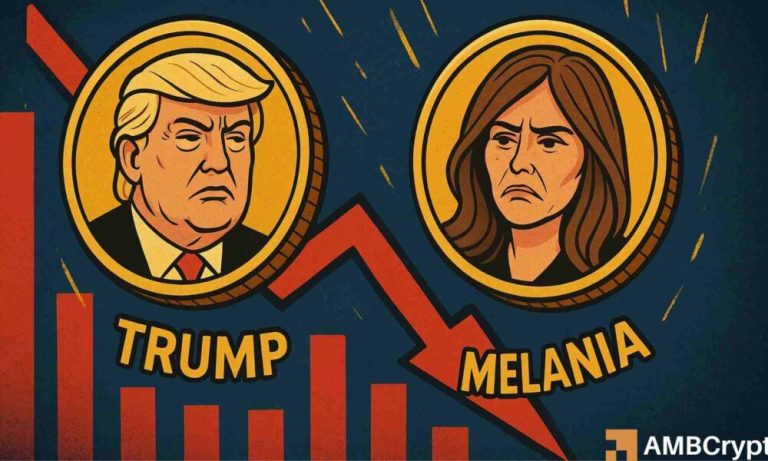
Traveling Through Time: How Europe’s Historical Heritage Shapes Modern Lifestyles in 2025
Traveling Through Time: How Europe’s Historical Heritage Shapes Modern Lifestyles in 2025. Europe, a continent steeped in history and culture, has a profound impact on modern lifestyles. From the architectural marvels of ancient civilizations to the artistic innovations of the Renaissance, Europe’s historical heritage continues to shape the way we live, work, and interact with one another in 2025.
Architecture and Urban Planning
The historical heritage of Europe is perhaps most visible in its architecture and urban planning. Cities like Rome, Paris, and Venice are filled with ancient buildings, monuments, and landmarks that have been beautifully preserved and restored. These structures not only provide a glimpse into the past but also serve as inspiration for modern architects and urban planners. In 2025, many European cities are incorporating sustainable and eco-friendly designs into their architecture, while still maintaining the historical charm and character of their buildings.
Art and Culture
Europe’s historical heritage has also had a profound impact on the art and culture of the continent. From the works of Leonardo da Vinci and Michelangelo to the literary masterpieces of Shakespeare and Dickens, European art and culture have been shaped by the region’s rich history. In 2025, this cultural heritage continues to inspire artists, writers, and musicians, with many incorporating traditional techniques and themes into their work. The likes of modern art, digital art and other forms like graffiti are also seen in many cities.
Cuisine and Food Culture
European cuisine is renowned for its diversity and richness, with each country and region boasting its own unique flavors, ingredients, and cooking techniques. The historical heritage of Europe has played a significant role in shaping the continent’s food culture, with many traditional dishes and recipes dating back centuries. In 2025, European cuisine continues to evolve, with modern chefs and restaurateurs incorporating traditional ingredients and techniques into their menus, while also experimenting with new flavors and ingredients.
Conclusion
In conclusion, Europe’s historical heritage continues to shape modern lifestyles in 2025. From architecture and urban planning to art and culture, and cuisine and food culture, the continent’s rich history has left an indelible mark on the way we live, work, and interact with one another. As we look to the future, it is essential that we continue to preserve and protect Europe’s historical heritage, while also embracing innovation and progress.







1 thought on “Traveling Through Time: How Europe’s Historical Heritage Shapes Modern Lifestyles in 2025”
Comments are closed.